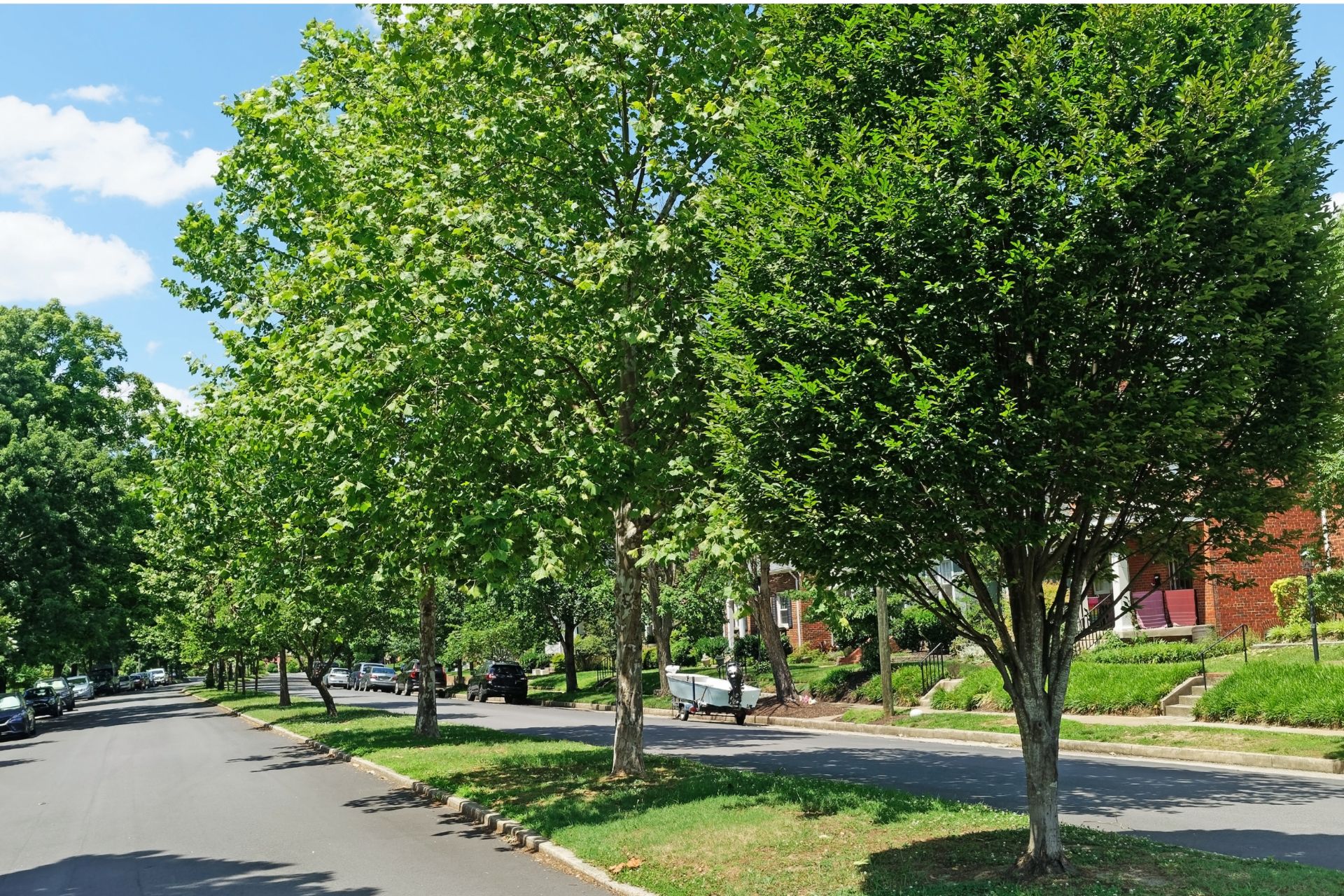The Welcome Corps Program is a two-phase plan to support refugees coming to the United States. The program offers vital support during the individual’s journey. This overview considers each phase of the Welcome Corps Program and provides an update on the expansion to colleges and universities.
Phase 1: Actively Underway
In this initial phase, private sponsors participating in the Welcome Corps Program are matched with refugees whose cases are approved by the U.S. Refugee Admissions Program (USRAP). During this phase, sponsors do not have the option to choose specific refugees to support; rather, the selection is made by USRAP. On June 20, 2023, the first group of refugees were privately sponsored through the Welcome Corps. They arrived in Moorhead and Worthington, Minnesota. The Welcome Corps plans to support 10,000 refugees, with 5,000 of them through the first phase.
Phase 2: Not Yet Active
In the anticipated second phase, potential sponsors can form groups and have the option of choosing the specific refugees to sponsor. These groups will have the option to sponsor family members or loved ones, provided that the chosen individuals meet the eligibility criteria outlined by the U.S. government. More information can be found on the official Welcome Corps website. Although the second phase was originally slated for a mid-2023 launch, this phase remains on hold. Applications cannot yet be submitted for Phase 2.
Eligibility and Identification of Sponsored Refugees
Refugees sponsored under the Welcome Corps Program must meet stringent eligibility and admissibility criteria as required by U.S. Citizenship and Immigration Services. This includes extensive security vetting conducted by U.S. government law enforcement and intelligence agencies. A thorough medical screening is also required. It’s important to note that the selection of a specific refugee doesn’t guarantee their sponsorship through Welcome Corps. All refugees must first be referred to USRAP for assessment and subsequently meet the required criteria for approval.
USRAP Processing Requirements
The U.S. Refugee Admissions Program (USRAP) operates under the joint management of the Department of State, the Department of Homeland Security, and the Department of Health and Human Services. The processing for USRAP involves several key stages:
- Registration with UNHCR: Refugees begin by registering with the United Nations Commissioner for Refugees (UNHCR) in their current host country after fleeing their home country.
- Refugee Determination by UNHCR: UNHCR determines whether an individual qualifies as a refugee or not. They look for options, including safe return, local integration, or resettlement in a third country.
- Referrals to USRAP: U.S. embassies or designated non-governmental organizations may refer individuals to USRAP, especially those of particular concern to the U.S., such as journalists and activists.
- Security Vetting: Mandatory security vetting ensures that refugees do not pose a threat to the United States.
- Pre-Screening and Adjudication Interviews: Applicants go through comprehensive interviews to evaluate eligibility and provide detailed information about their circumstances.
- Medical Examination: A medical examination ensures the health status of applicants.
USRAP identifies refugees who are of “special humanitarian concern” to the United States for resettlement, prioritizing the most vulnerable individuals within the refugee population. Different categories known as “processing priorities” guide the order of USRAP processing:
Priority 1: Cases referred by designated entities, including UNHCR, U.S. embassies, and qualified non-governmental organizations.
Priority 2: Groups designated by the Department of State as requiring resettlement due to exceptional circumstances.
Priority 3: Cases from designated nationalities allowed for family reunification with relatives in the United States.
Priority 4: Cases from any nationality referred by private sponsors in the U.S. who provide post-arrival support.
Individuals typically need to be outside their country of nationality to be considered refugees. Departing their home country does not guarantee referral and access to USRAP.
Welcome Corps on Campus
Welcome Corps introduces “Welcome Corps on Campus,” a program by the U.S. government’s Department of State. This initiative offers academic and community support to refugee students for their educational journey in the United States. Campus sponsors collaborate to provide a welcoming environment and help refugee students approved for resettlement by USRAP. This program provides resettlement opportunities and an educational pathway to permanent residency status. It also gives refugees the opportunity to earn higher education degrees, fostering more diverse and inclusive campuses.
Eligible students for the Welcome Corps on Campus program are those referred to USRAP. These students, aged 18 to 24, must meet the program’s academic criteria and demonstrate proficiency in English. They have the option to pursue associate or bachelor’s degrees, contributing to their personal growth and future success.
We know how profound the significance of the Welcome Corps Program is for our clients. Our experienced team of legal experts is ready to assist you with any questions about the program or other immigration-related matters. Reach out to us to if you have any questions on the program or any other immigration-related issue. We are with you every step of the way.

